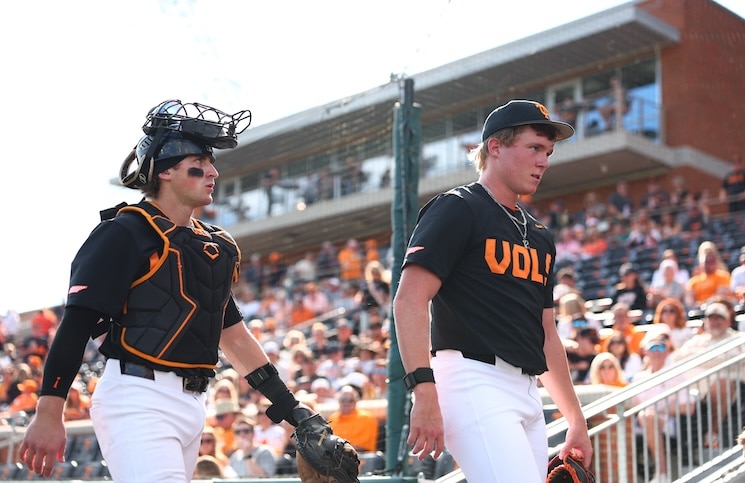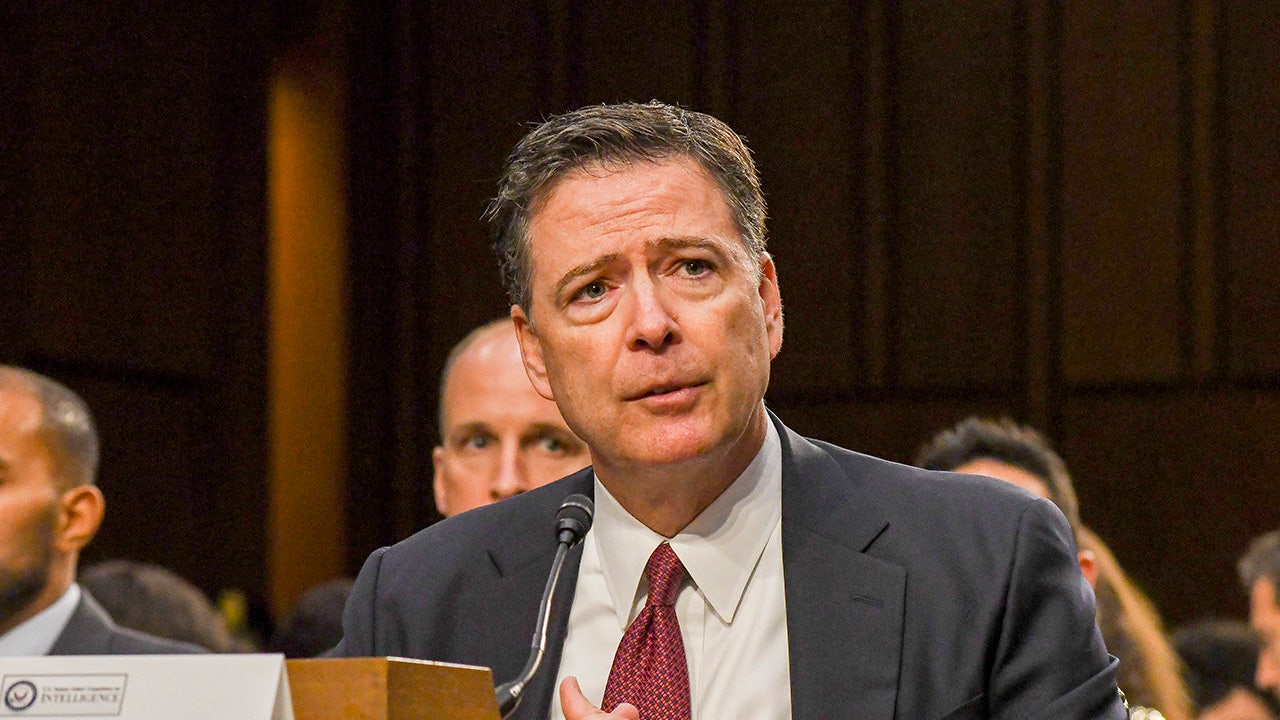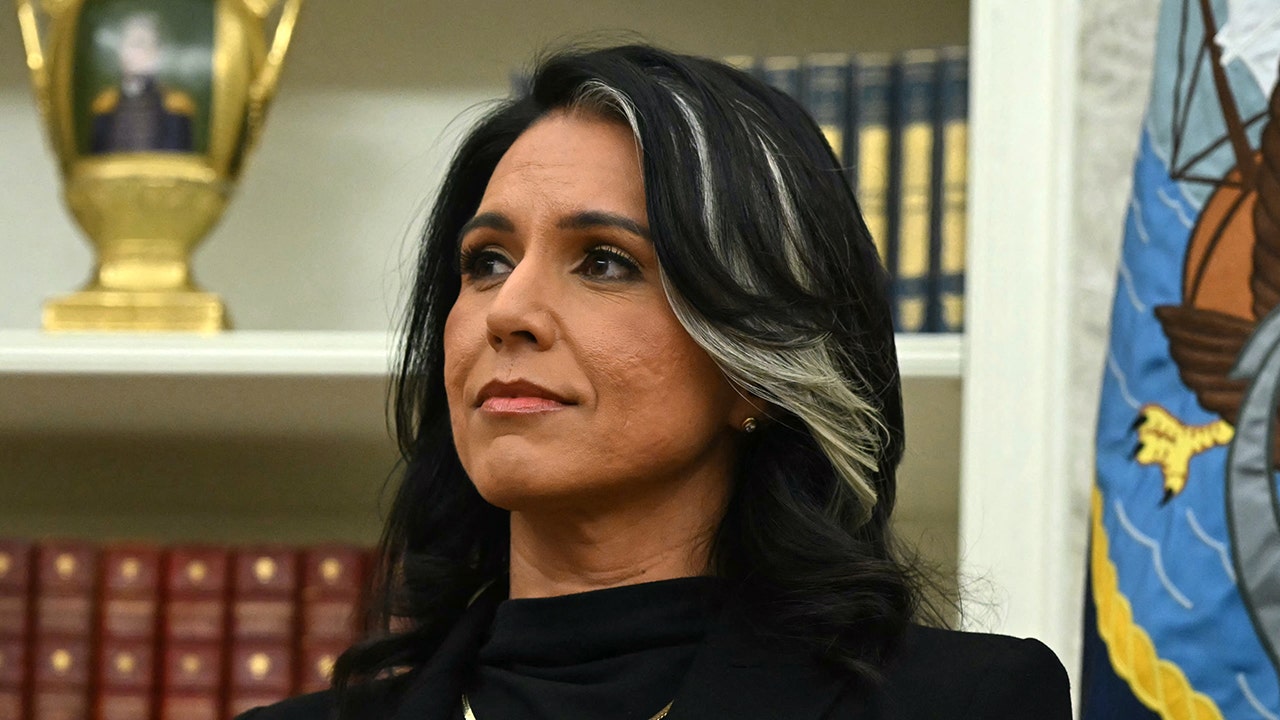Montana
Montana's Beautiful Corn Mazes and the Best Pumpkin Patches

The Fall Halloween season is a wonderful time in Montana, and the entire state is packed with corn and bale mazes, pumpkin patches, haunted houses and other Halloween events. Some are seriously spooky – others are family friendly.
The days, hours, and offerings are vastly different across Montana. Corn mazes and straw bale mazes are quite popular, but some of the most highly reviewed ‘spooky’ fall events are more haunted house type places.
Before we get into details about mazes and pumpkin patches in Montana, let’s learn some fun facts about these types of events in general:
- The World’s Largest Corn Maze can be found at Richardson Adventure Farm in Spring Grove, Illinois.
- The biggest pumpkin patches in America can cover over 90 acres.
- According to the USDA, farmers in the top six pumpkin-producing States harvest more than 1 billion pounds of pumpkins combined, with 1.5 billion pounds of pumpkins generally sold in October.
- What is a pumpkin? Pumpkins are technically a fruit.
- Most pumpkins produce about 500 seeds
- The top producers of pumpkins include China, India, Mexico, and Ukraine.
- There are 45 different types of pumpkins. They come in all shapes and sizes, along with a few different colors.
- The biggest pumpkin ever grown was over 2,600 pounds
- The first public corn maze was created in the early 1990s in Annville, Pennsylvania.
For example, these are the 2024 days and times that the popular Bozeman Straw Bale Maze is open:
Bozeman Maze – Facebook
- Bozeman Straw Bale Maze
- Admission: $13/person
- Children age 5-11: $11/person
- Age 4 and under free
- PowerJump Bungee Trampoline: $8 (We do not run the PowerJump when the temperature is below 45°F.)
- Pumpkins and Concessions available
- Payment Accepted: Cash, Check, Credit Card
Montana’s Top Corn Mazes and Pumpkin Patches
Let’s dive into the fantastic world of Fall offerings in Montana. corn mazes, straw bale mazes, pumpkin patches, and haunted houses. From hay rides and baby animals, to flashlight tours and zombies – the Big Sky State loves the Halloween season.
Gallery Credit: mwolfe
Big List Of The Best French Fries In Montana
Gallery Credit: mwolfe

Montana
Billings' new tortilleria brings a fresh taste of Mexico to Montana

BILLINGS — A new tortilla shop is bringing the warmth of Mexico to Billings and holds cultural significance for the owners.
Watch the video below:
New tortilleria rolls out in Billings, brings a fresh taste of Mexico to Montana
Colima Tortilleria, located at 2212 Grant Road, sells fresh corn and flour tortillas by the pound each morning. They are made with a large tortilla-making machine shipped directly from Mexico, which pushes out 2,800 tortillas an hour.
“People say they feel excited when they come here and see the machine and say, like, ‘Wow, that’s a really fresh tortilla,’” said owner Rubi Murillo.
Isabel Spartz/MTN News
The process begins each day at 9 a.m. before the doors open at 11 a.m. to prepare the masa, or dough, and run the oven-like machine. Though they currently rotate between corn and flour tortillas daily, the plan is to eventually offer both all day. Customers can also enjoy tacos and snacks made with the tortillas on-site. Corn tortillas are made in a six-inch and four-inch size for tacos, while flour tortillas come in 6, 10, and 12-inch sizes. Most days, they sell out before closing.
The venture is new for Murillo, who said she did not learn to make tortillas until the equipment arrived.
“We start making the masa and we start making a process (…) to make the quality tortillas,” said Murillo. “It’s hard work because you have to use the machine, you have to check the temperature (to) make the tortillas, because it’s not the same when you make corn or flour.”

Isabel Spartz/MTN News
The tortilleria, which opened its doors at the end of April, is the latest venture for Murillo and her husband, Miguel, who are known for their other businesses: Fiesta Mexicana, Camachos Tacos, and Colima de Mis Amores, a Mexican store and bakery just next door to the tortilleria. The store sells various snacks, meals, clothing, and other goods not commonly found in the U.S.
“At the beginning, when I started to open the store, is because I (missed) home,” said Murillo.

Isabel Spartz/MTN News
Murillo wanted to open the tortilleria to bring an authentic and fresh taste to Billings, and the plan came to fruition sooner than expected.
“I haven’t seen these tortillerias here in Billings, so I was thinking, ‘Why not bring the machine?’” said Murillo. “It’s not the same when you go to the store and buy frozen tortillas.”
The business has also helped fill a gap in their hearts, serving as a reminder of home. Murillo, who moved from Colima, Mexico, to the U.S. 10 years ago, remembers her own childhood trips to the local tortilleria.

Isabel Spartz/MTN News
“In Mexico, every day you go to buy tortillas from the tortilleria, come back to home and start eating like the dishes that you have with the fresh tortillas,” said Murillo. “That brings me memories when I was at home and my mom sent me, ‘Go for the tortillas! Bring the tortillas back!’”
Her mother, Natalia Ramirez, moved to the U.S. just last year and now works alongside her daughter in the kitchen.
“In Mexico, there’s a lot of tortillerias, but here is the only one. It’s a novelty here because people can take them warm, freshly made,” Ramirez said in Spanish.

Isabel Spartz/MTN News
The tortilleria represents a dream fulfilled that ties two cultures together for Ramirez and her daughter. Helping launch the venture has been deeply emotional for her.
“I’m very proud of her,” said Ramirez. “Because she is a very hard-working person, very smart, has a lot of vision for business. She has always been a fighter.”
For the mother-daughter duo, these tortillas are a connection to home and a way to share the richness of Mexican culture with their Montana community.

Isabel Spartz/MTN News
“Right now, it’s up and down in a lot of businesses, so I’m really appreciative because it’s been good,” said Murillo.
Colima Tortilleria is open Monday through Saturday from 11 a.m. to 9 p.m., and Sundays from 11 a.m. to 8 p.m.
Montana
Montana Morning Headlines: Thursday, May 15, 2025

MISSOULA — Here’s a look at Western Montana’s top news stories for Thursday.
A South African family labeled as refugees by the U.S. Department of State arrived in Missoula on Monday, aided by the International Rescue Committee and Soft Landing Missoula. The family’s arrival follows an expedited immigration process stemming from an executive order that claims Afrikaners face violence and property seizures in South Africa. (Read the full story)
Therma Wood Technologies in Polson offers an eco-friendly heat and pressure process to treat wood, eliminating harmful chemicals while enhancing durability. This method provides treated wood with a lifespan of about 20 years, significantly exceeding the typical seven to eight years of chemically-treated wood. (Read the full story)
Polson wood treatment company provides eco-friendly option
Flathead High School students showcased their heavy equipment skills on Wednesday through a hands-on program in partnership with the Montana Contractors Association. The Build Montana Initiative allows students to gain practical experience operating machinery, preparing them for future careers in construction while reinforcing the importance of a skilled workforce in Kalispell. (Read the full story)
Kalispell students showcase heavy machinery skills
Montana
Montana Becomes First State to Close the Law Enforcement Data Broker Loophole

Montana has done something that many states and the United States Congress have debated but failed to do: it has just enacted the first attempt to close the dreaded, invasive, unconstitutional, but easily fixed “data broker loophole.” This is a very good step in the right direction because right now, across the country, law enforcement routinely purchases information on individuals it would otherwise need a warrant to obtain.
What does that mean? In every state other than Montana, if police want to know where you have been, rather than presenting evidence and sending a warrant signed by a judge to a company like Verizon or Google to get your geolocation data for a particular set of time, they only need to buy that same data from data brokers. In other words, all the location data apps on your phone collect —sometimes recording your exact location every few minutes—is just sitting for sale on the open market. And police routinely take that as an opportunity to skirt your Fourth Amendment rights.
Now, with SB 282, Montana has become the first state to close the data broker loophole. This means the government may not use money to get access to information about electronic communications (presumably metadata), the contents of electronic communications, contents of communications sent by a tracking devices, digital information on electronic funds transfers, pseudonymous information, or “sensitive data”, which is defined in Montana as information about a person’s private life, personal associations, religious affiliation, health status, citizen status, biometric data, and precise geolocation. This does not mean information is now fully off limits to police. There are other ways for law enforcement in Montana to gain access to sensitive information: they can get a warrant signed by a judge, they can get consent of the owner to search a digital device, they can get an “investigative subpoena” which unfortunately requires far less justification than an actual warrant.
Despite the state’s insistence on honoring lower-threshold subpoena usage, SB 282 is not the first time Montana has been ahead of the curve when it comes to passing privacy-protecting legislation. For the better part of a decade, the Big Sky State has seriously limited the use of face recognition, passed consumer privacy protections, added an amendment to their constitution recognizing digital data as something protected from unwarranted searches and seizures, and passed a landmark law protecting against the disclosure or collection of genetic information and DNA.
SB 282 is similar in approach to H.R.4639, a federal bill the EFF has endorsed, introduced by Senator Ron Wyden, called the Fourth Amendment is Not for Sale Act. H.R.4639 passed through the House in April 2024 but has not been taken up by the Senate.
Absent the United States Congress being able to pass important privacy protections into law, states, cities, and towns have taken it upon themselves to pass legislation their residents sorely need in order to protect their civil liberties. Montana, with a population of just over one million people, is showing other states how it’s done. EFF applauds Montana for being the first state to close the data broker loophole and show the country that the Fourth Amendment is not for sale.
-

 Austin, TX6 days ago
Austin, TX6 days agoBest Austin Salads – 15 Food Places For Good Greens!
-

 Technology1 week ago
Technology1 week agoNetflix is removing Black Mirror: Bandersnatch
-

 World1 week ago
World1 week agoThe Take: Can India and Pakistan avoid a fourth war over Kashmir?
-

 News1 week ago
News1 week agoReincarnated by A.I., Arizona Man Forgives His Killer at Sentencing
-

 News1 week ago
News1 week agoJefferson Griffin Concedes Defeat in N.C. Supreme Court Race
-

 News1 week ago
News1 week agoWho is the new Pope Leo XIV and what are his views?
-

 Lifestyle1 week ago
Lifestyle1 week agoAndré 3000 Drops Surprise Album After Met Gala Piano Statement
-

 News1 week ago
News1 week agoEfforts Grow to Thwart mRNA Therapies as RFK Jr. Pushes Vaccine Wariness


















